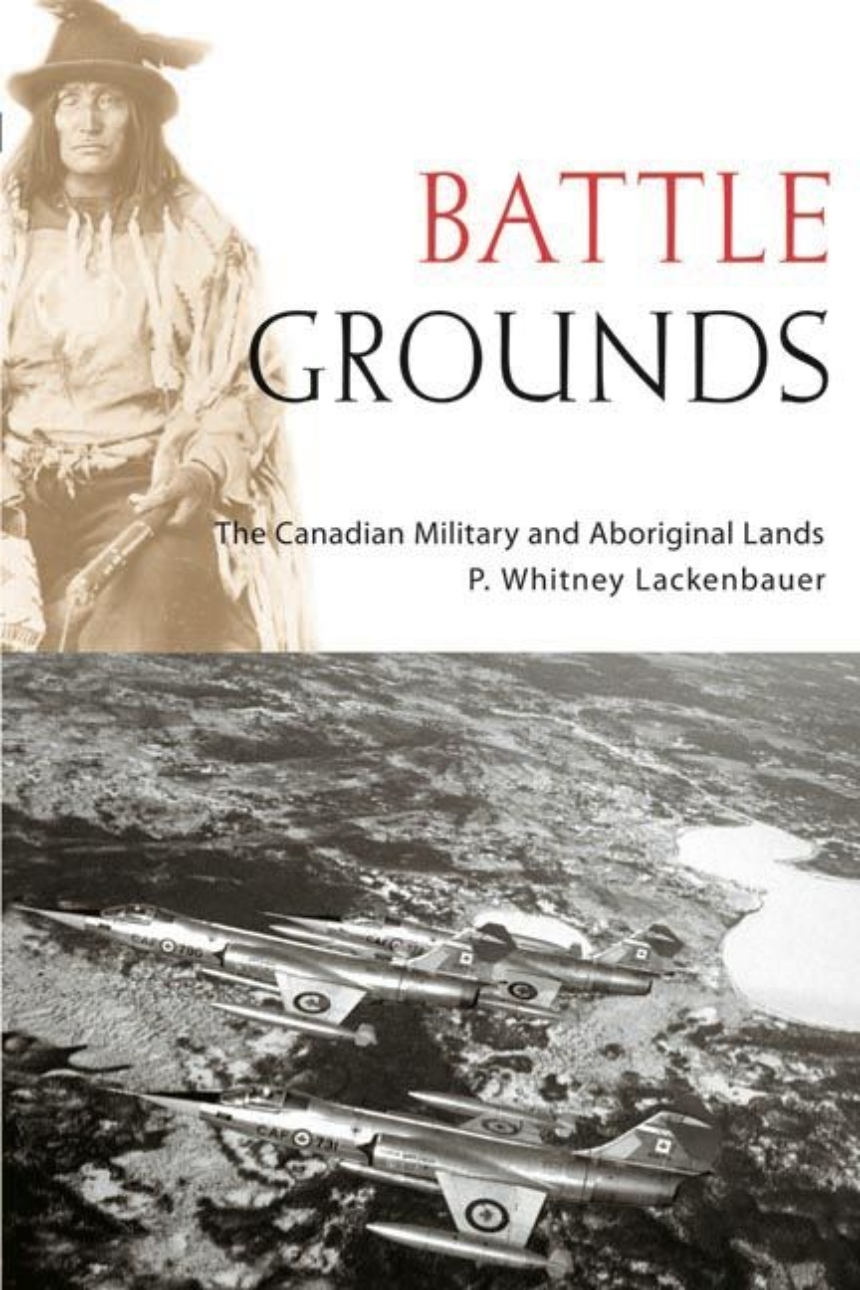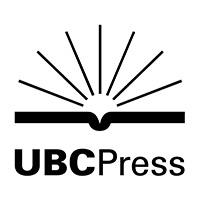Distributed for University of British Columbia Press
Battle Grounds
The Canadian Military and Aboriginal Lands
Table of Contents
Preface
Introduction
1 A Road to Nowhere? The Search for Sites in British Columbia, 1907-30
2 Governmental Uncertainty: The Militia and the Sarcee Reserve, 1908-39
3 “Pay No Attention to Sero”: Imperial Flying Training at Tyendinaga, 1917-18
4 The Thin Edge of a Wedge? The British Commonwealth Air Training Plan and Aboriginal Lands, 1940-45
5 Combined Operation: Creating Camp Ipperwash, 1942-45
6 The Cold War at Cold Lake: The Primrose Lake Air Weapons Range, 1951-65
7 Into the Driver’s Seat? The Department of National Defence and the Sarcee Band, 1945-82
8 Renegotiating Relationships: Competing Claims in the 1970s and 1980s
9 Closing Out the Century Reflections
Appendices
Notes
Selected Bibliography
Index

